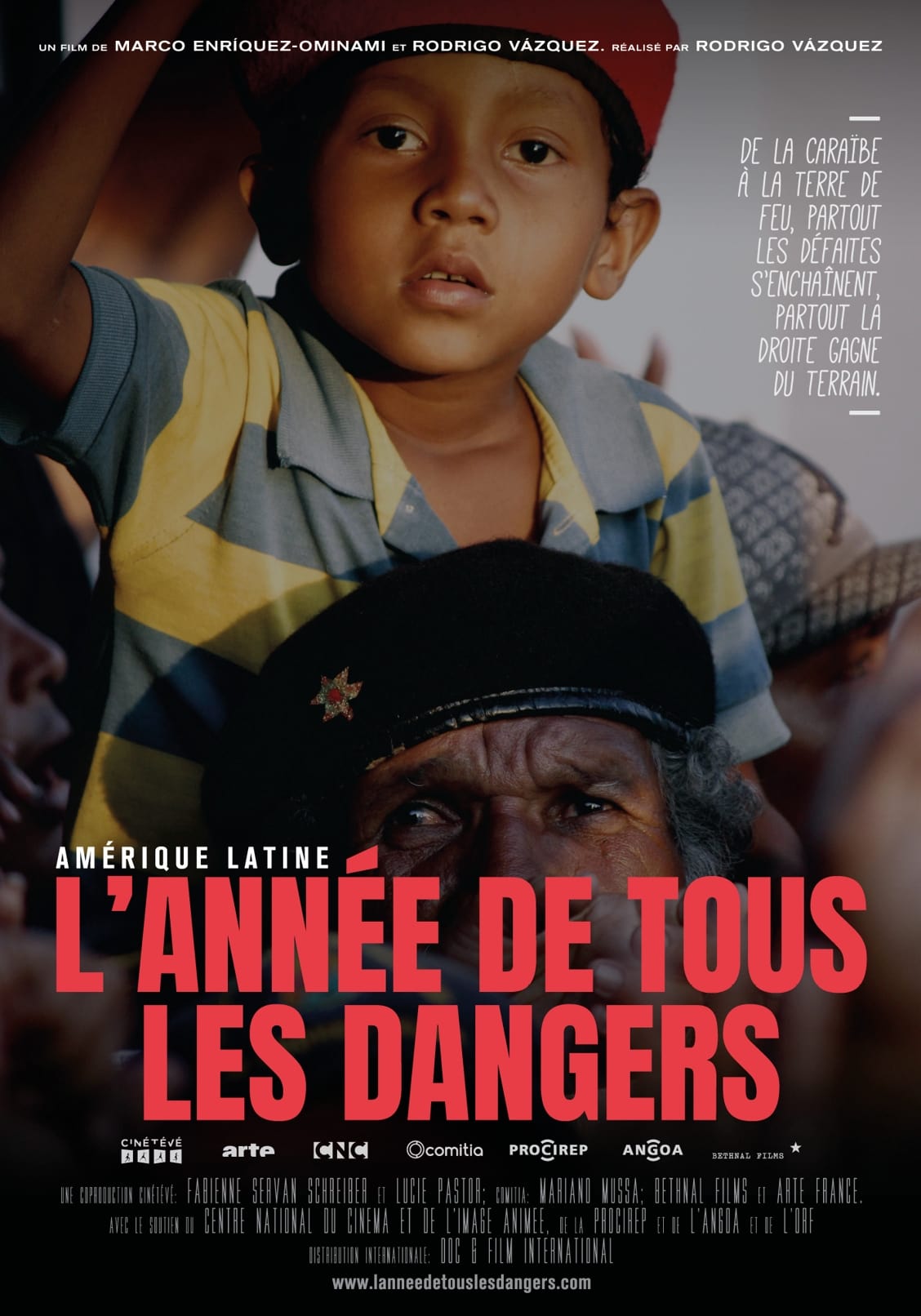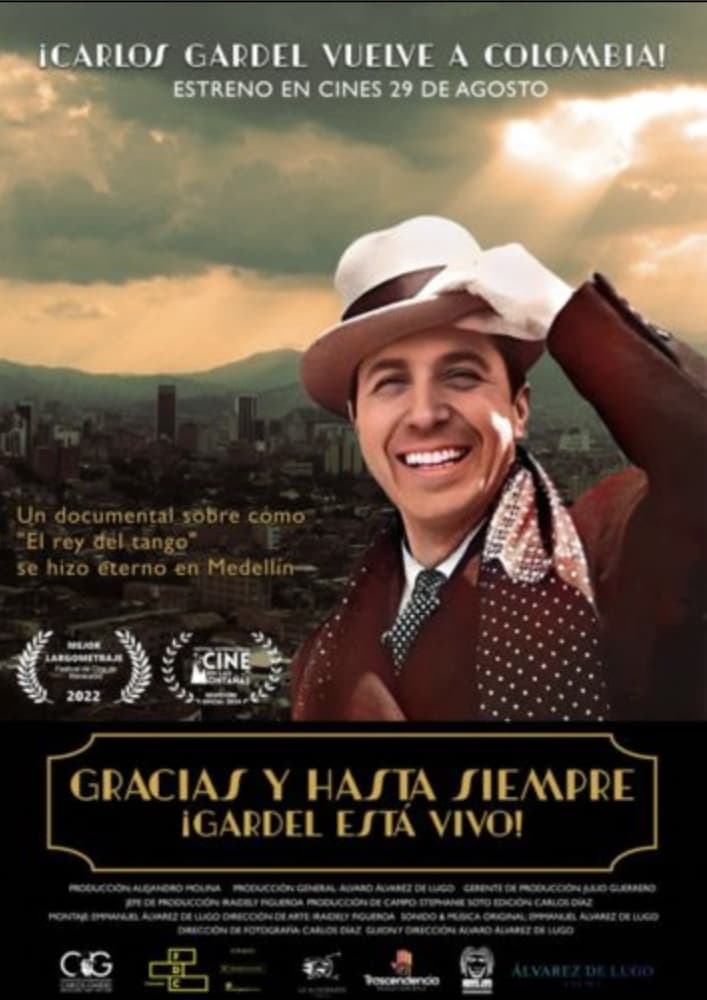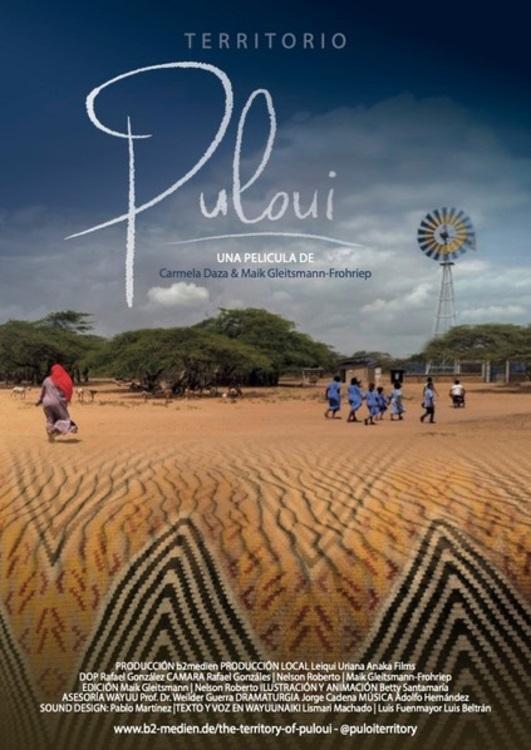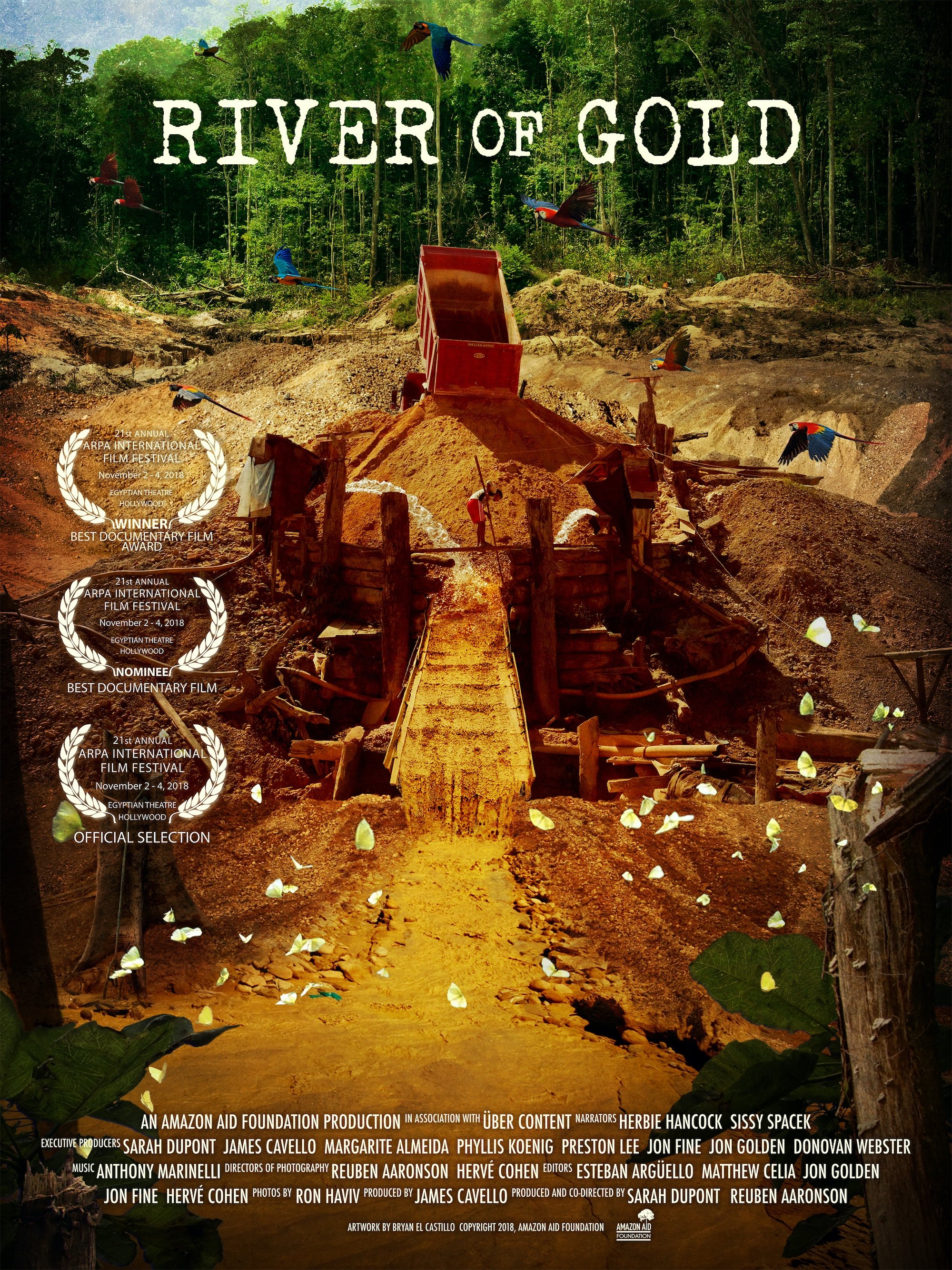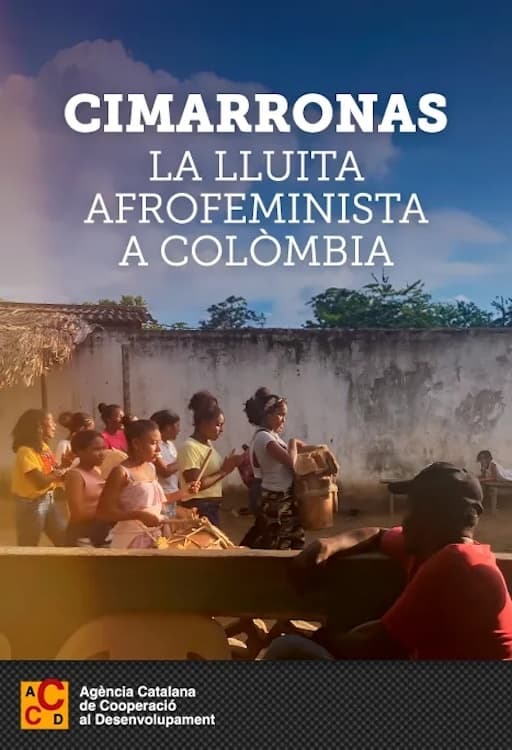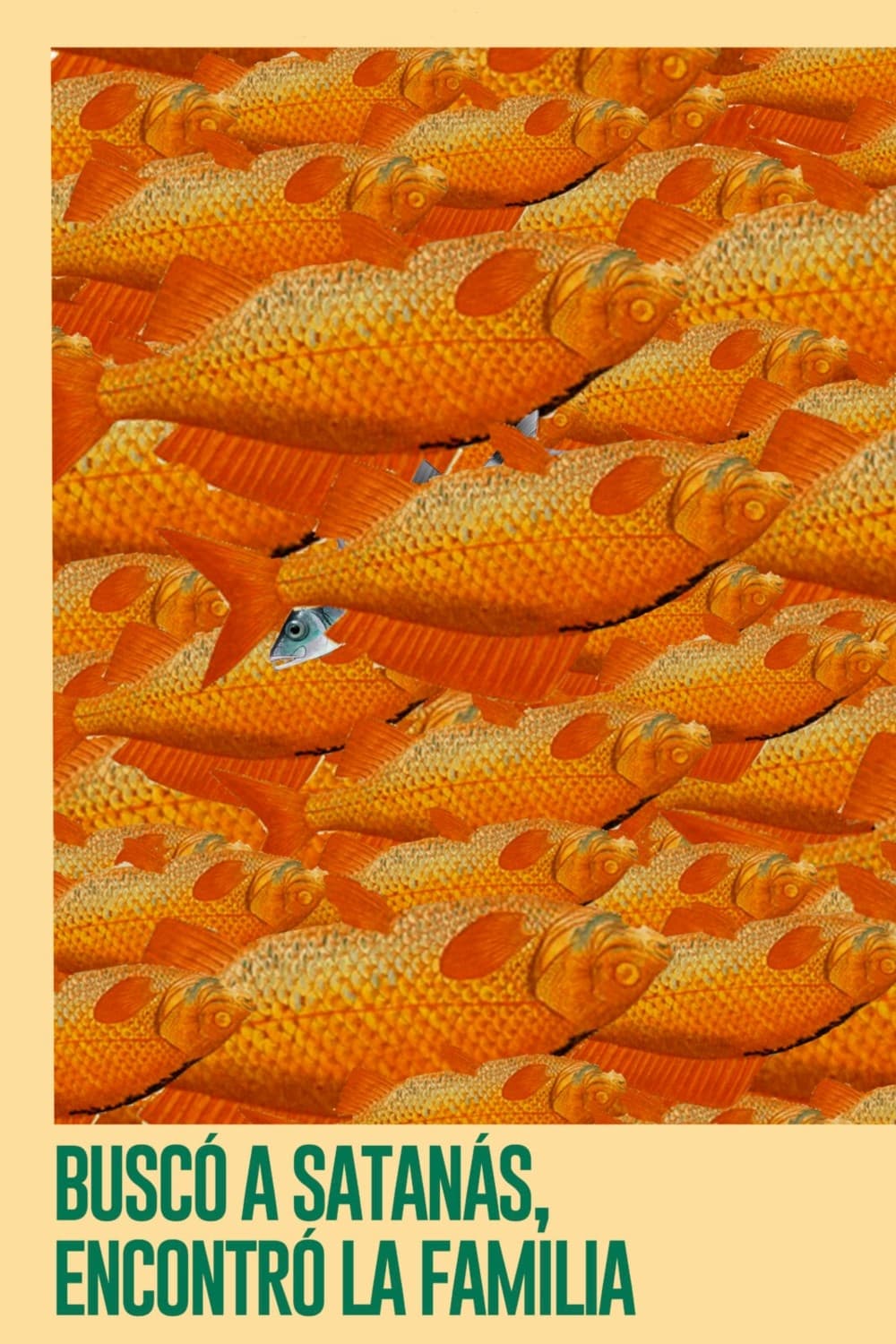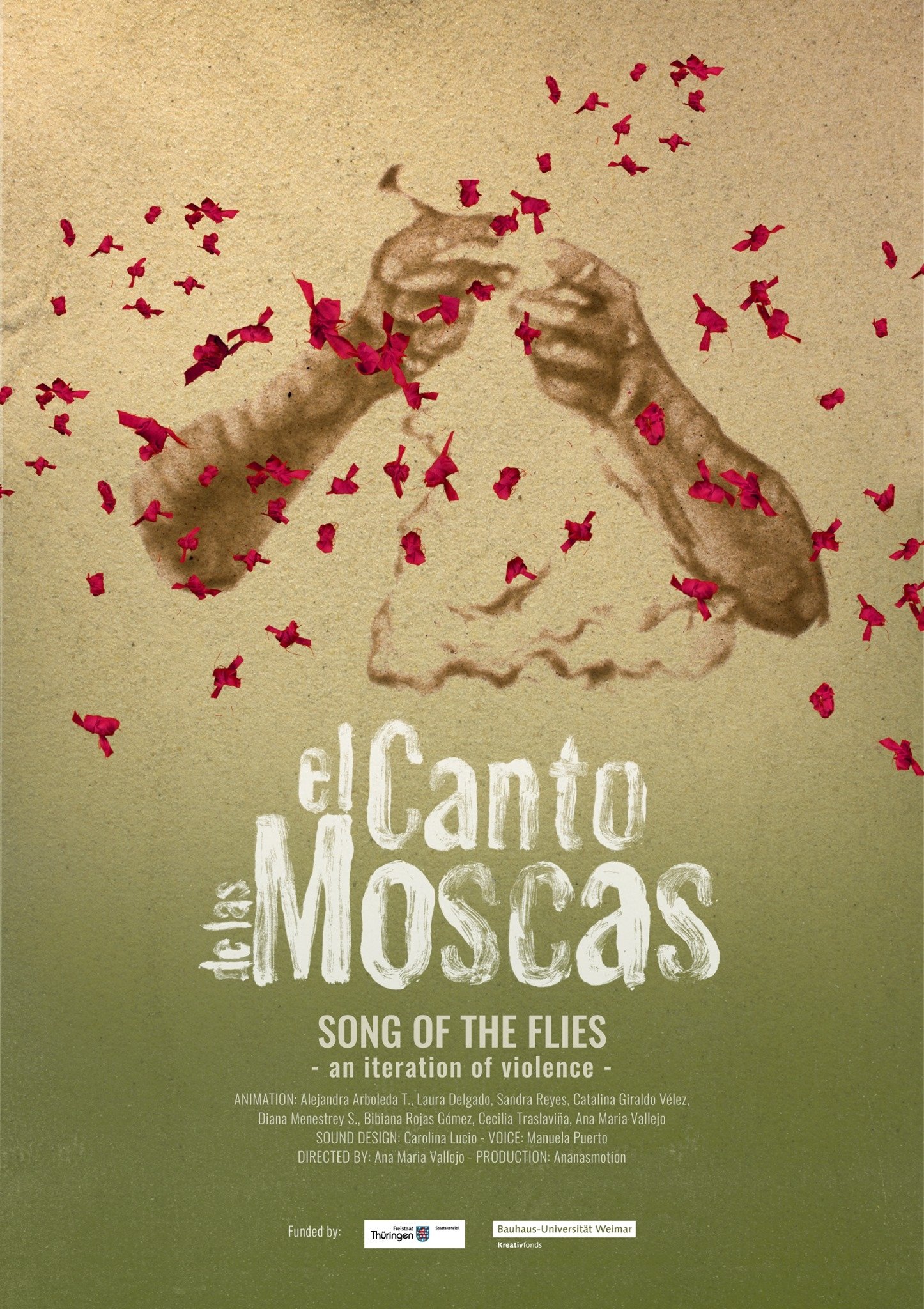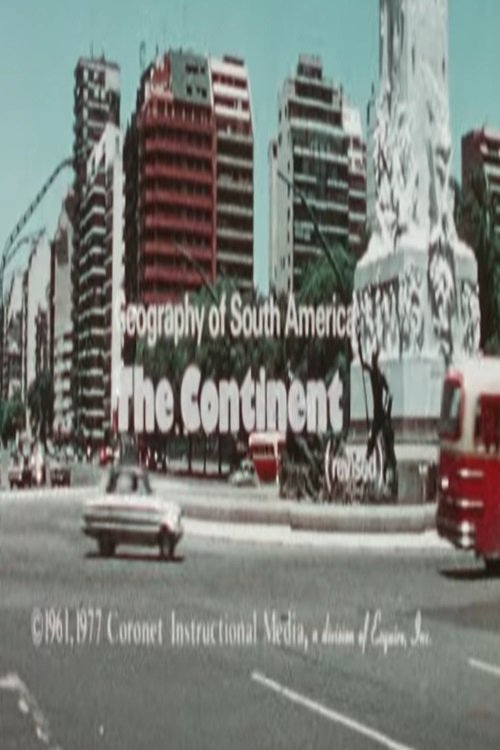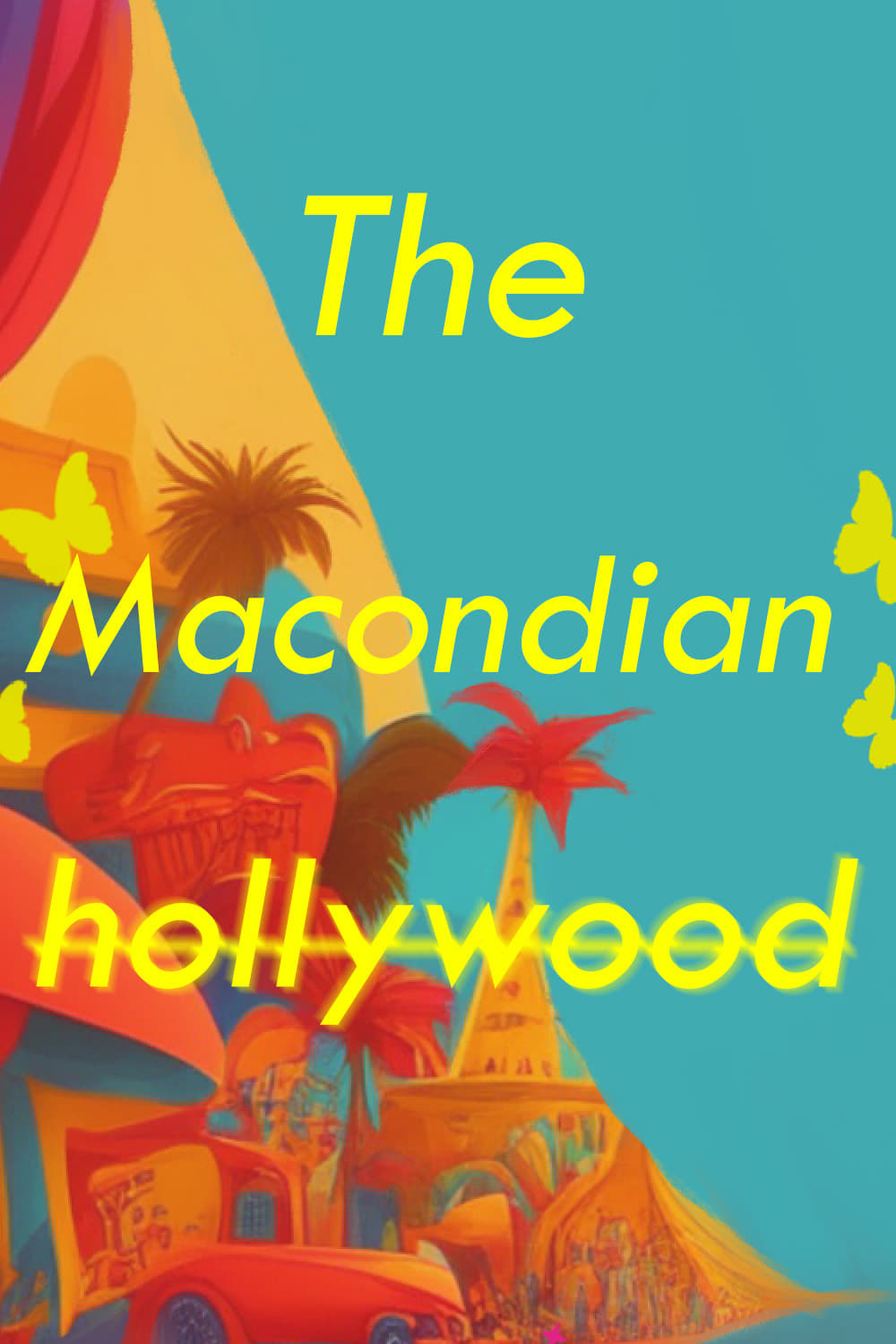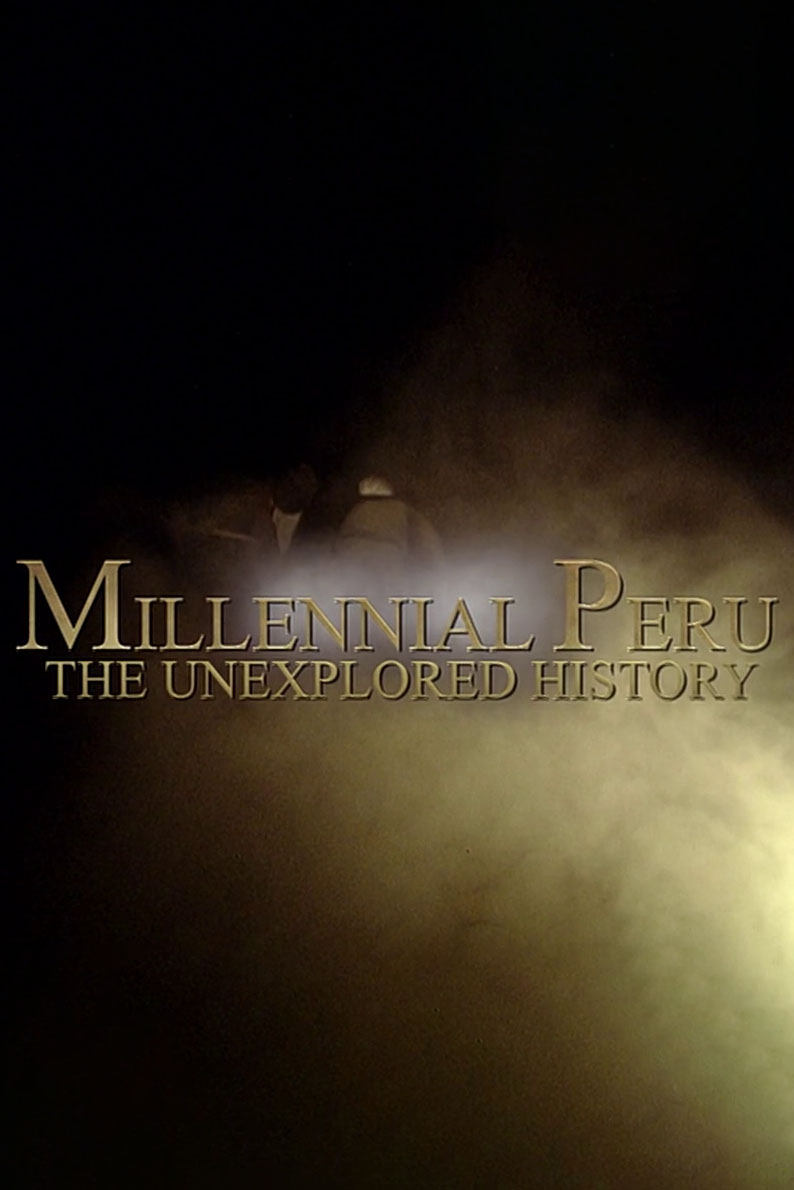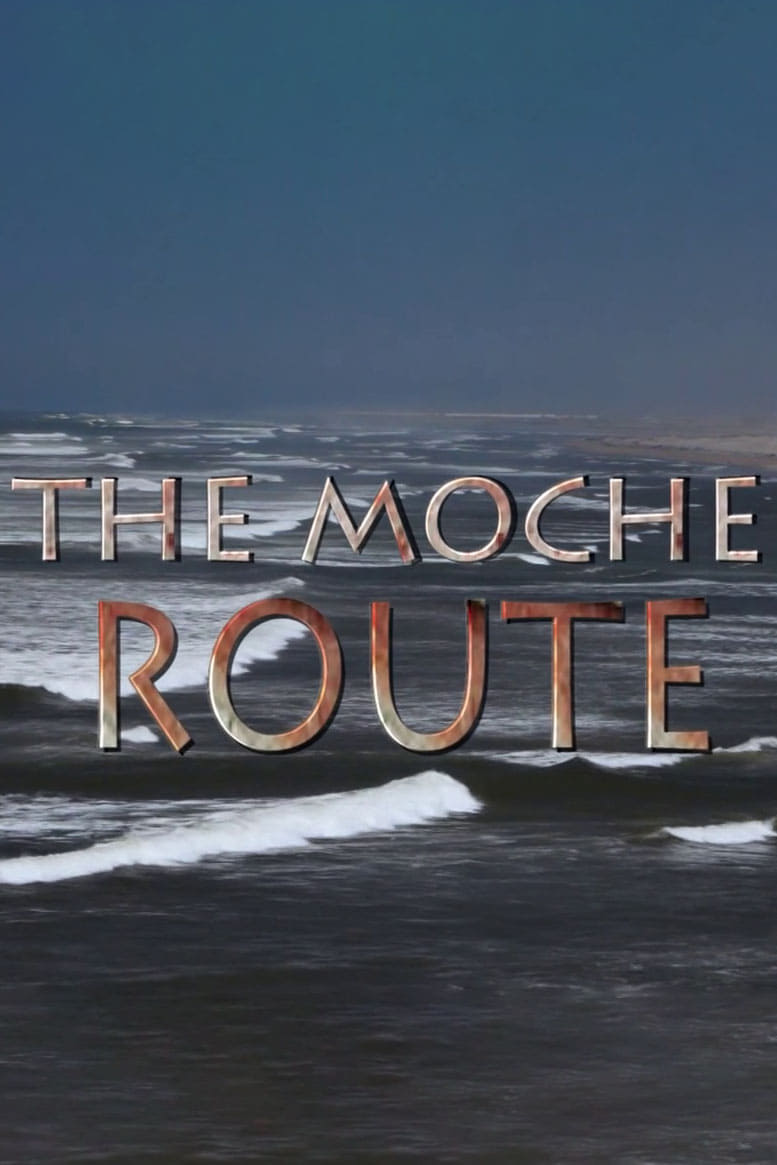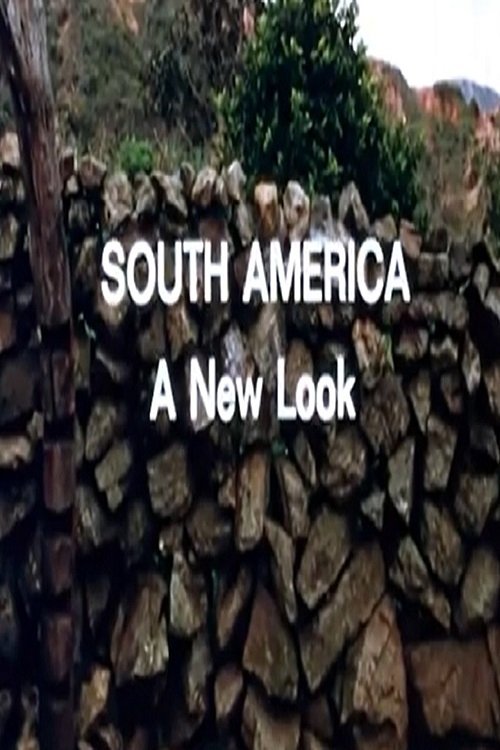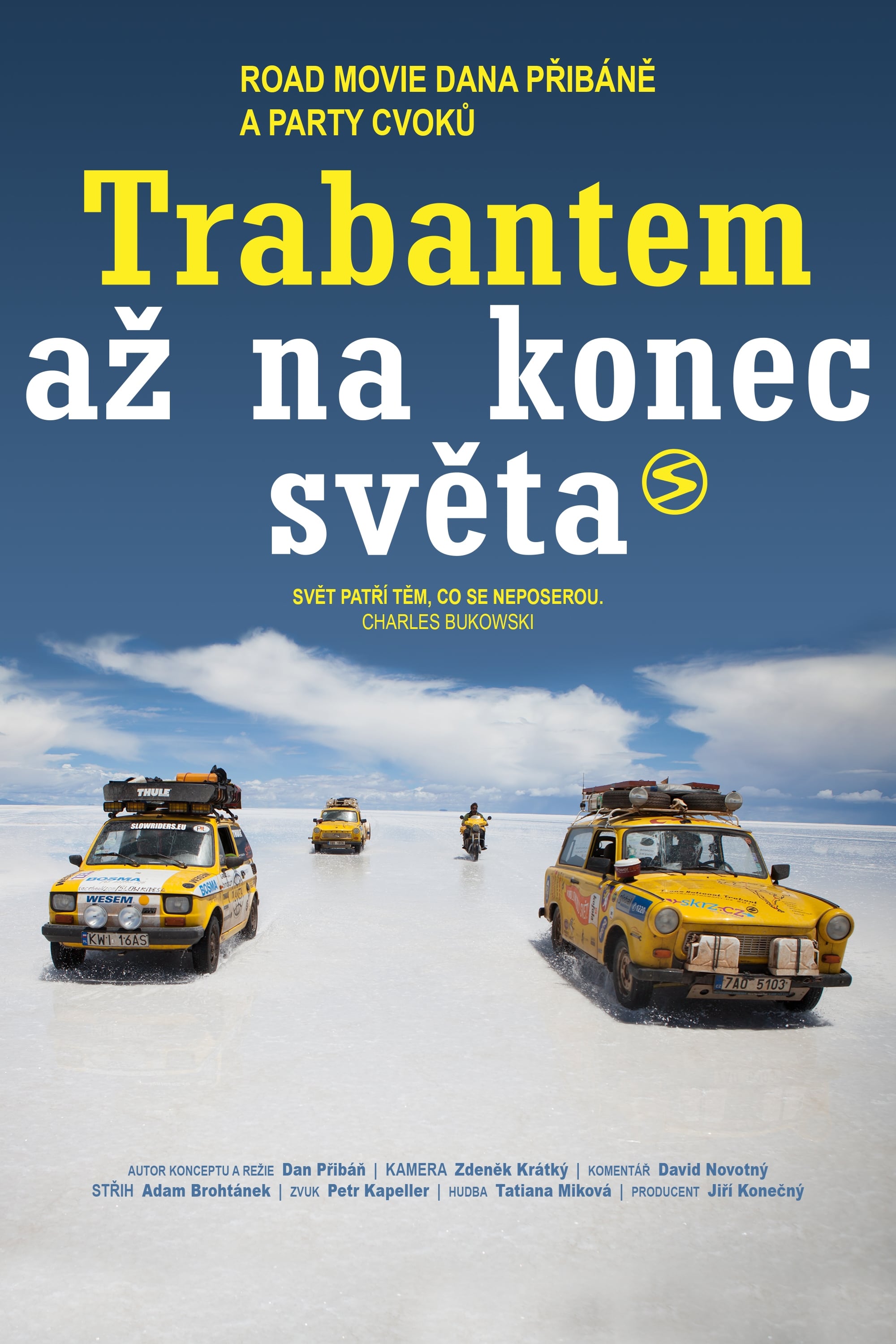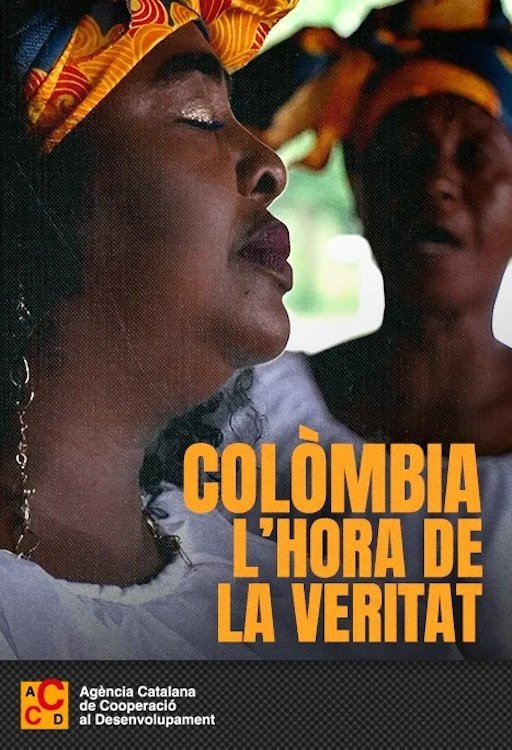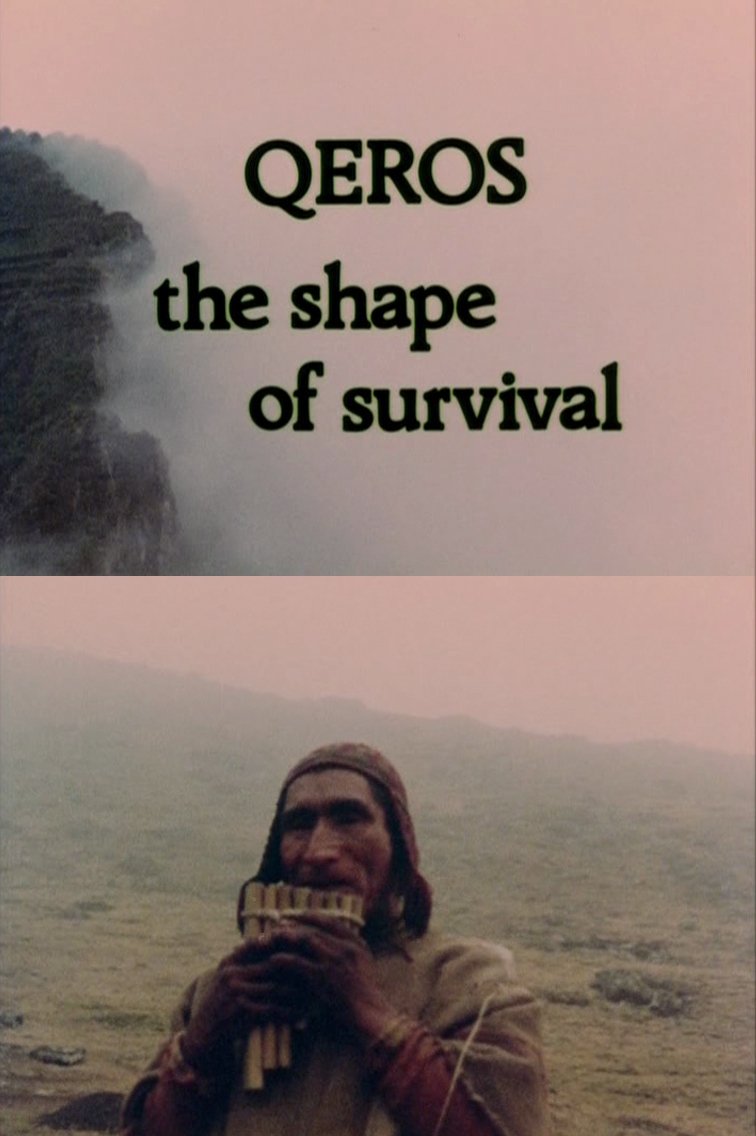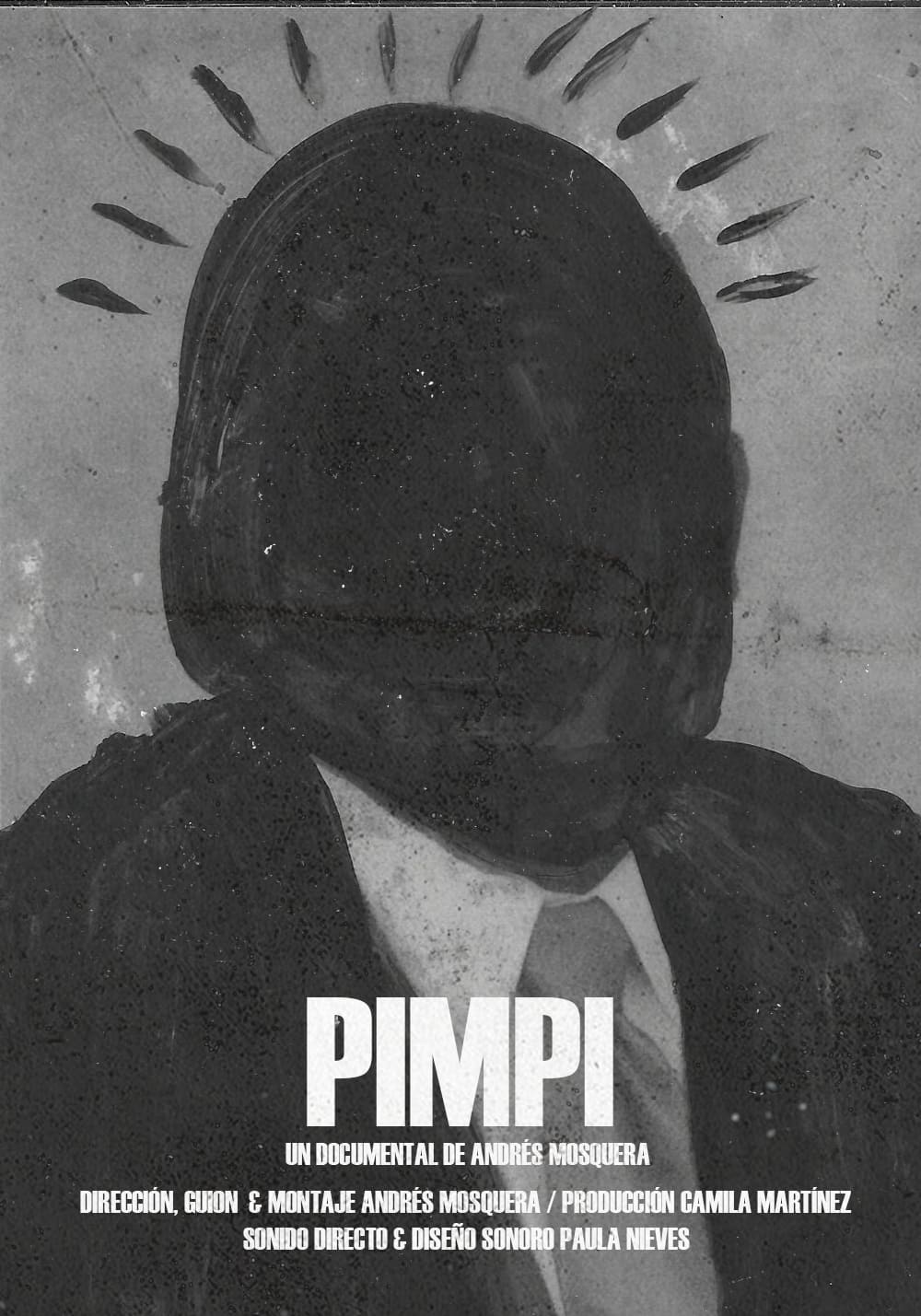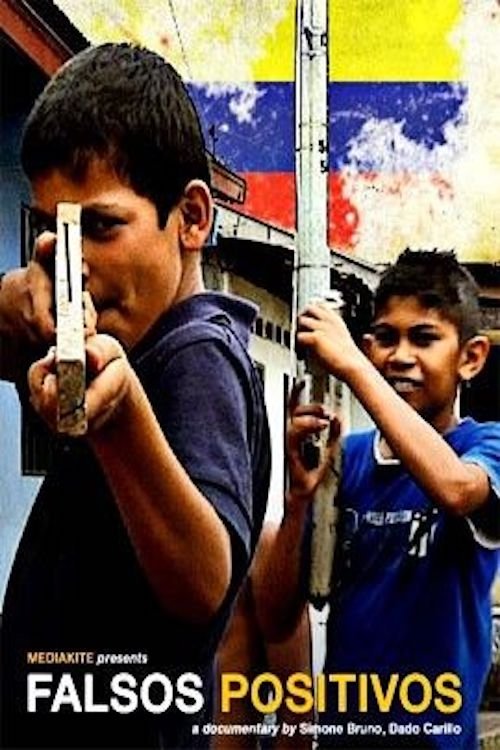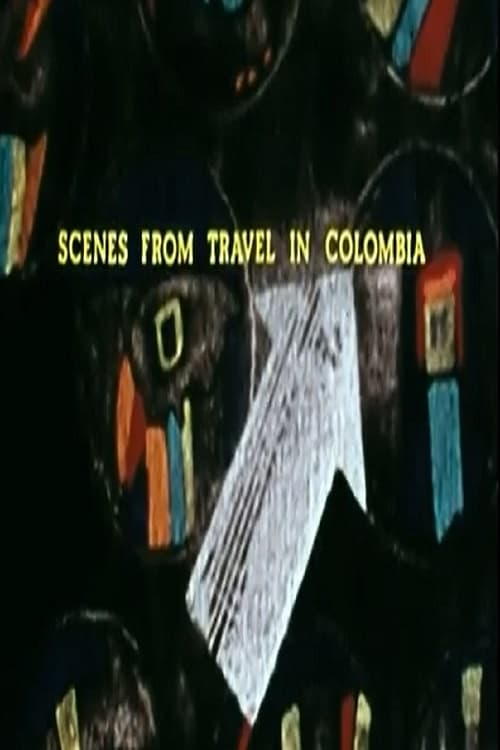
Scenes from Travel in Colombia (1978)
Overview
A sampler of the lives, places, and events which make up present-day Colombia, South America. Provides insights into the look and feel of Colombia, as well as Latin America as a whole.
Production Companies
Additional Info
| Budget | $0.00 |
|---|---|
| Revenue | $0.00 |
| Original Language | en |
| Popularity | 0.0143 |
Directed By
Daniel G. Smith
TOP CAST
Daniel G. Smith
Narrator
Similar Movies
Gracias y Hasta Siempre ¡Gardel Está Vivo!
A documentary about Medellín's historic and continued connection to tango and its most iconic figure.
Life in the Andes
The Andes Mountains travel the western side of South America. Unlike many other mountain ranges of their altitude, the Andes do support human life on their high altitude slopes. Modern life is slowly making its way to the high altitude Andes, but the natives for the most part continue with the traditional ways of their ancestors, growing limited crops such as beans and potatoes - where the crop originated - raising sheep and pigs, and living in crude huts. The llama is the most useful of their work animals. The most conspicuous aspect of the native dress is their derby hats, the origins which are unknown. Further down the slopes, agriculture and ranching is more productive and is carried out by descendants of the Spanish settlers. There is a famous lake district in the Chilean part of the Andes, where resort hotels are located.
The Territory of Puloui
“Territorio Puloui” is a documentary that explores the relationship between the indigenous Wayuu community and water. It tells the journey of Carmela, who visits the La Guajira peninsula for the first time, her father's home region and ancestral territory of the Wayuu people. Carmela listens to the voices of indigenous leaders and sheds light on the environmental impact of coal mining in the region. At the same time, she discovers the strategies used by the women of the community to survive the lack of water. The documentary immerses us in the Wayuu cosmogony through their myths, legends and beliefs, depicted in a series of animations that explore their dream universe.
River of Gold
Narrated by Academy Award winners Sissy Spacek and Herbie Hancock, River of Gold is the disturbing account of a clandestine journey into Peru's Amazon rainforest to uncover the savage unraveling of pristine jungle. What will be the fate of this critical region of priceless biodiversity as these extraordinarily beautiful forests are turned into a hellish wasteland?
Sought for Satan, found the family
With the VHS images of his childhood, Miguel tells Fábio a particular story of his experience as a Colombian child and of the first manifestations of Satan in his life.
Song of the Flies
The experimental animated film Song of the Flies (El Canto de las Moscas), translates the desolation caused by the violence of the Colombian armed conflict through the poetic voice of Maria Mercedes Carranza (1945–2003) and the audiovisual dialogue between 9 Colombian women. In 24 places, as a transit over the course of a day (Morning, Day, Night) a map of terror is drawn where massacres took place in Colombia in the 1990s. Archival images, the artists’ personal memories and the use of loops and analogue materials bring to life the landscapes ravaged by violence and build a polyphony of memory and mourning, a universal song of pain.
Geography of South America: The Continent (Revised)
Discusses the main geographical features of South America including the Andes, the Guiana and Brazilian highlands, and the Orinoco, Amazon and Plata-Parana river basins. Show the relationship of these geographic factors to the people and their ways of life.
The Macondian Hollywood
Functions without theaters, murals without walls, clothes without fabrics and students without schools says the necessary about the state abandonment and but also talent and creativity of Colombians, which it has nothing to lose. The documentary tells the story of the beginnings and resilience of several artist from Barranquilla in different disciplines in continuing to maintain and diversify the living culture, that remain to exist.
Color of Ultimate: ATL
The Color of Ultimate: ATL was an All-Star ultimate frisbee that showcased many of the sport’s most talented players of color from across the United States and Colombia, South America. This documentary details the stories of players who participated in the game. The stories include why the players enjoy ultimate, what the Color of Ultimate: ATL means to them, and how race and socioeconomic status have influenced their lives, both in the sport of ultimate, and in life at large.
Millennial Peru: The Unexplored History
In the Formative Period 4,000 years before the Incas and the arrival of the Conquistadors, Peru’s earliest civilizations - the Chavín, Caral, Ventarrón, Sechin, Cupisnique, and Cajamarca cultures - built centers of learning and technological achievements, including the largest work of hydrological engineering in the ancient Americas: the Cumbemayo canals.
The Moche Route
Starting from the colonial city of Trujillo, this documentary reveals natural and archeological features along the north coast of Peru, where the Moche culture thrived from the 1st Century BC to the 6th Century AD.
South America: A New Look
Gives a brief overview of the history, geography, distribution of population, the political/social/economic systems, the Catholic Church, the military, and the problems in South America.
The Eternal Glory: Good things come to those who wait
The supernatural story of Fluminense's unprecedented CONMEBOL Libertadores title. An emotional account in special interviews with top scorer Germán Cano, star Marcelo, hero John Kennedy, key players Nino, Felipe Melo, André, John Arias, and coach Fernando Diniz. Watch exclusive footage and experience all the emotions of the fans who lost in 2008 and reached the skies against Boca Juniors at Maracanã on November 4, 2023. A record for eternity in the heart of the Tricolor fan!
Q'eros: The Shape of Survival
Exploration of the way of life of the Q’eros Indians of Peru, who have lived in the Andes for more than 3,000 years.
Falsos Positivos
The "Falsos Positivos" scandal that exploded on October 2008 revealed how and why ranks of the Colombian Army started to kill innocent people. Lured by money prizes given by the President Uribe's policy called "Seguridad Democratica", the Colombian Army dressed the bodies in military fatigues to claim the rewards for the fight against the FARC guerrilla. "Falsos Positivos" follows the trip of two families to retrieve the rests of their beloved, along with shocking interviews to activists, a former General, political analysts and witnesses of this huge scandal.
